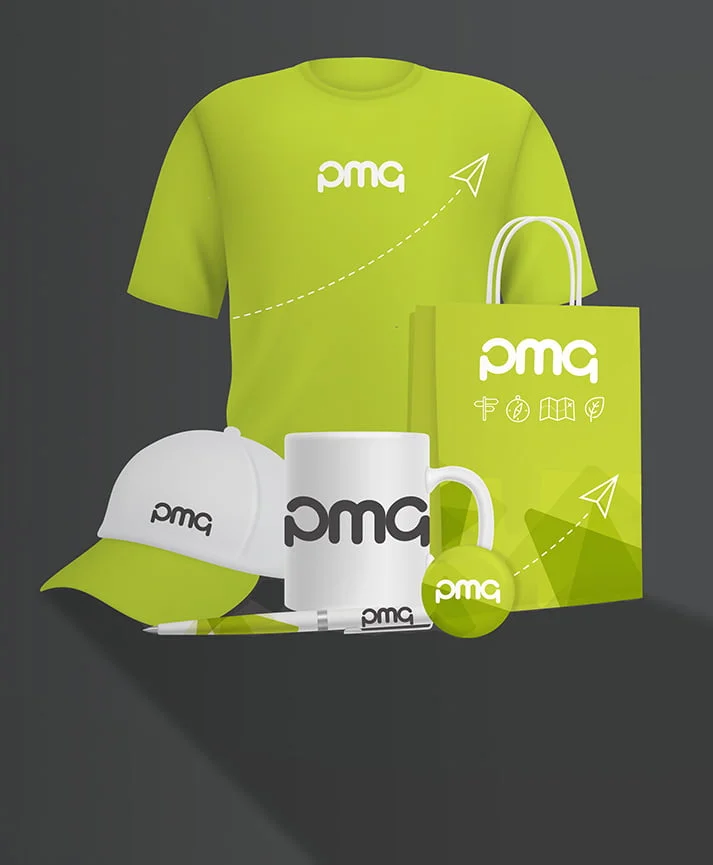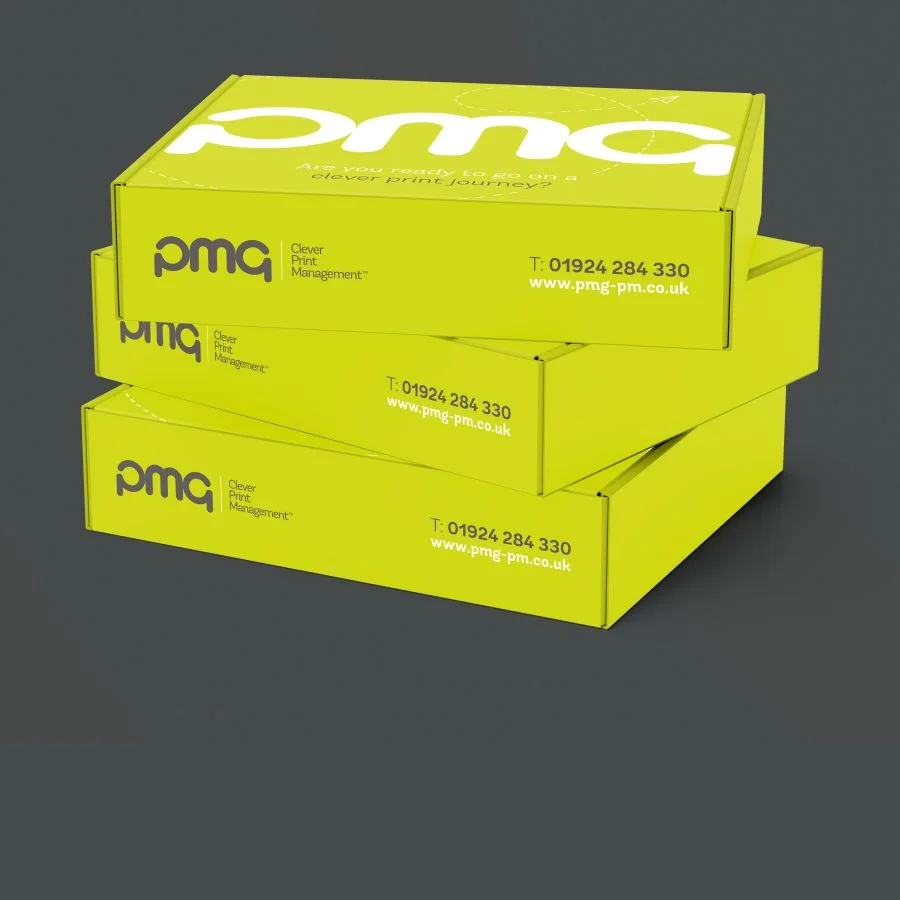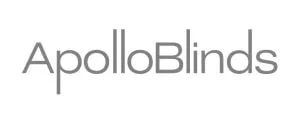
Throughout history there have been numerous print design successes, from billboards to campaign leaflets, magazine covers to album sleeves. One of the most iconic and successful print deigns of all time, however, is undoubtedly the movie poster for Steven Spielberg’s 1975 blockbuster ‘Jaws.’ This poster is known throughout the world and helped to drum up significant public interest before the release of the film itself, but what made it so good? Take a look at five print design lessons we can take from the ‘Jaws’ poster.
#1: Know your audience
A print design that is a success with one particular audience isn’t necessarily likely to work with another audience demographic altogether. It’s possible to trace the evolution of the ‘Jaws’ poster back through the paperback and hardback editions of the novel the movie is based on. The hardback cover design is moody and minimalist, while designer Roger Kastel updated the image for a more impulsive paperback readership. Kastel was also responsible for the cinematic poster, and knowing his audience, made the design far more sensationalist than it was originally.
#2: Keep it simple
Despite the graphic qualities and arresting imagery of the final movie poster, Kastel’s design is still very minimalist. There are three visual elements in the design – the shark, the swimmer and the title itself – while the image is comprised of three main colours. The affect is simple and striking. By eschewing erroneous detail and keeping the poster as stark as possible, Kastel ensured that the ‘Jaws’ poster would go down in cinema history as a design icon.
#3: Recognise the power of colour
Those three colours – red, white and blue – hold the key to the poster’s striking appearance. The white background allows the image details to stand out, and the red typeface – evocative of blood, particularly when juxtaposed with the deep blue of the water – means that no passers-by are likely to miss the name of the film. Contrast this with the novel’s original hardback design. The monochrome colour scheme employed here is, while classy, far less compelling and visually arresting than the movie poster.
#4: Employ strong typography
Another one of the ‘Jaws’ poster’s great strengths is the typography. The ‘Jaws’ font is so iconic that it’s now available to download and use from the internet, and it remains instantly recognisable today. A strong typeface is crucial to good print design, and there’s no way that Kastel went with the very first font he came across for this particular poster. Consider the visual aesthetic of your chosen font and what you want it to say to your audience.
#5: Explore the visual medium
Above all else, print is a visual medium. You should always look to show, rather than tell, any relevant information and details to your audience. You don’t need to have seen ‘Jaws’ before to determine the plot – merely look at Kastel’s legendary poster. All of the necessary information is there in visual form – such is the nature of strong print design. When using print in your marketing activities you should utilise it as a visual medium, too. PMG Print Management’s design team can help you to create eye-catching and effective designs for your business. Contact us today to find out more.
















































